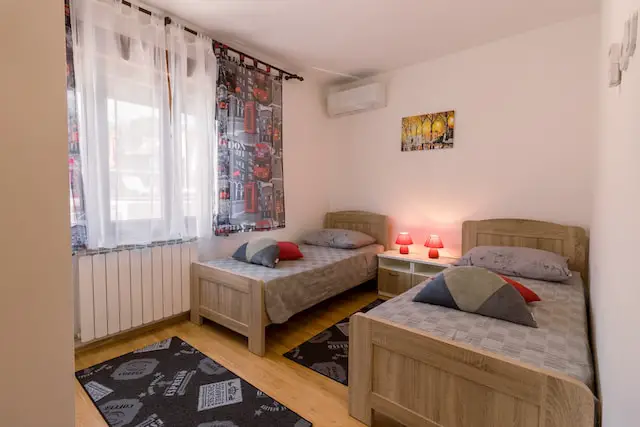Introduction
Hanover College is a small, private, liberal arts college located in southeastern Indiana. Founded in 1827, the college has a rich history and is known for its excellent academic programs and beautiful campus. One of the most important aspects of the college experience is housing, and Hanover College offers a variety of options for students. In this blog post, we will explore the dorms at Hanover College, discussing their features, advantages, and disadvantages.

Dorms at Hanover College
Freshman Housing
For incoming freshmen, Hanover College offers several options for housing. The two primary options are Donner and Crowe dorms, both of which are located near the center of campus. Donner is a traditional-style dormitory that houses approximately 150 students, while Crowe is a suite-style dormitory that houses approximately 80 students. Both dorms offer community bathrooms and are gender-segregated by floor.
Donner is a three-story building with double-occupancy rooms that are furnished with beds, desks, and dressers. The building also features a lounge area with a TV, a study area, and a kitchenette. The rooms are small but comfortable, and the community bathrooms are cleaned daily by the custodial staff. Donner is known for its vibrant community, and many students form lasting friendships with their fellow residents.
Crowe, on the other hand, offers suite-style living, with two double-occupancy rooms sharing a bathroom. Each suite also features a common area with a couch, chairs, and a table. Crowe is a newer building than Donner and is often the preferred choice for students who want a more modern living experience. The building also features a large lounge area, a game room, and a kitchenette.
Upperclassmen Housing
For upperclassmen, Hanover College offers several housing options, including apartments, townhouses, and traditional dorms. The majority of upperclassmen choose to live off-campus, but for those who prefer on-campus housing, there are several attractive options.
One of the most popular options for upperclassmen is the Horner Apartments, which are located just a short walk from the main part of campus. The Horner Apartments offer one-, two-, and three-bedroom apartments, each with a full kitchen, living room, and bathroom. The apartments are unfurnished, but they do come with a stove, refrigerator, and dishwasher. The building also features a laundry room, a lounge area, and a small workout room.
Another popular option for upperclassmen is the J. Graham Brown House, which is located on the edge of campus. The Brown House is a historic building that has been renovated and converted into apartments. Each apartment features a full kitchen, living room, and bathroom, and is furnished with a bed, desk, and dresser. The building also features a large lounge area, a study room, and a laundry room.
Pros and Cons of Living in Dorms
Living in a dorm has its advantages and disadvantages, and it is important for students to weigh these factors when choosing their housing options. Some of the advantages of living in a dorm include the following:
Community: Dorms provide an excellent opportunity for students to form a sense of community with their fellow residents. Many students form lasting friendships with their dorm-mates, and the communal living experience can be very rewarding.
Convenience: Living in a dorm is often very convenient, as it allows students to be close to their classes, the dining hall, and other campus resources.
Safety: Dorms are typically very safe, as they are patrolled by campus security and require keycard access for entry.
On the other hand, there are also some disadvantages to living in a dorm, including:
Lack of Privacy: Dorms can be very crowded and noisy, which can make it difficult for students to focus on their studies or get enough sleep. Additionally, the communal bathrooms can be a source of discomfort for some students who value their privacy.
Rules and Regulations: Living in a dorm often means abiding by strict rules and regulations, such as restrictions on guests or quiet hours. This can be frustrating for some students who feel like they are not being treated like adults.
Limited Space: Dorm rooms are typically quite small, and students may feel cramped or limited in their living space. Additionally, storage can be an issue, as there is often limited space for clothing and personal items.
Conclusion
Overall, the dorms at Hanover College offer a variety of options for students, from traditional-style dorms to modern apartments. While there are advantages and disadvantages to living in a dorm, many students find that the communal living experience is a valuable part of their college experience. Ultimately, the decision of where to live on campus will depend on individual preferences and priorities, but students can rest assured that there are plenty of attractive options available at Hanover College.
